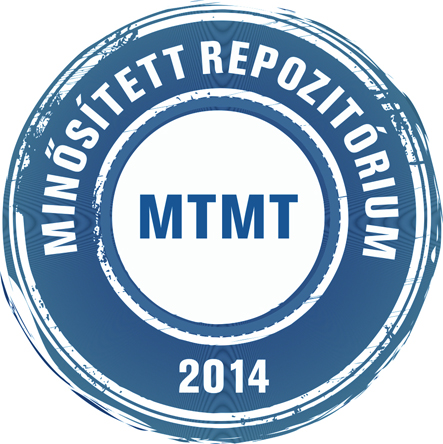Molnár István: Iparjogvédelmi intézményeink fejlődése : 1895-1995 : szabadalmazhatóság, szolgálati találmány, fejlesztések oltalma és licencia. In: Acta Universitatis Szegediensis : acta juridica et politica : publicationes doctorandorum juridicorum, (7) 1-15. pp. 211-244. (2007)
Előnézet |
Cikk, tanulmány, mű
juridpol_doct_007_211-244.pdf Letöltés (3MB) | Előnézet |
| Mű típusa: | Cikk, tanulmány, mű |
|---|---|
| Befoglaló folyóirat/kiadvány címe: | Acta Universitatis Szegediensis : acta juridica et politica : publicationes doctorandorum juridicorum |
| Dátum: | 2007 |
| Kötet: | 7 |
| Szám: | 1-15 |
| ISSN: | 0324-6523 |
| Oldalak: | pp. 211-244 |
| Nyelv: | magyar |
| Befoglaló mű URL: | http://acta.bibl.u-szeged.hu/37963/ |
| Kulcsszavak: | Jogtudomány |
| Megjegyzések: | Bibliogr. a lábjegyzetekben |
| Feltöltés dátuma: | 2016. okt. 15. 11:12 |
| Utolsó módosítás: | 2021. jan. 27. 16:07 |
| URI: | http://acta.bibl.u-szeged.hu/id/eprint/7584 |
 |
Tétel nézet |



